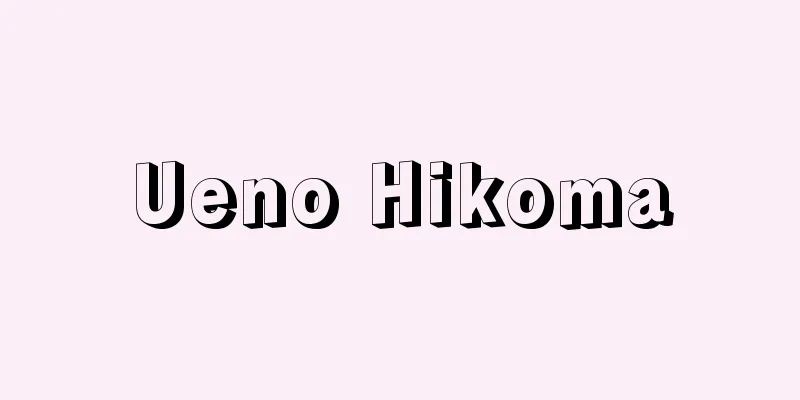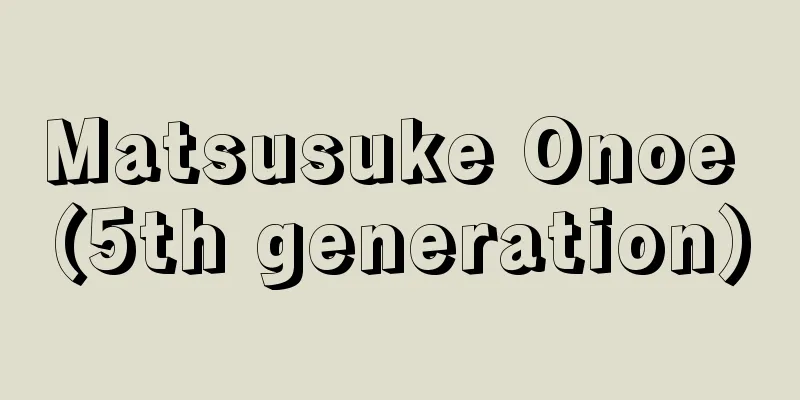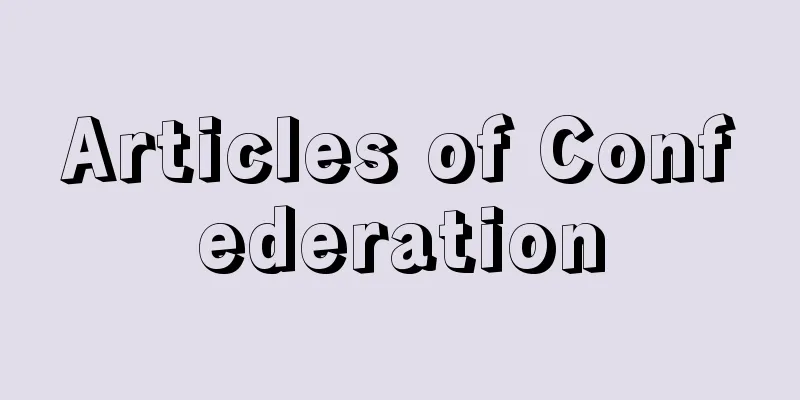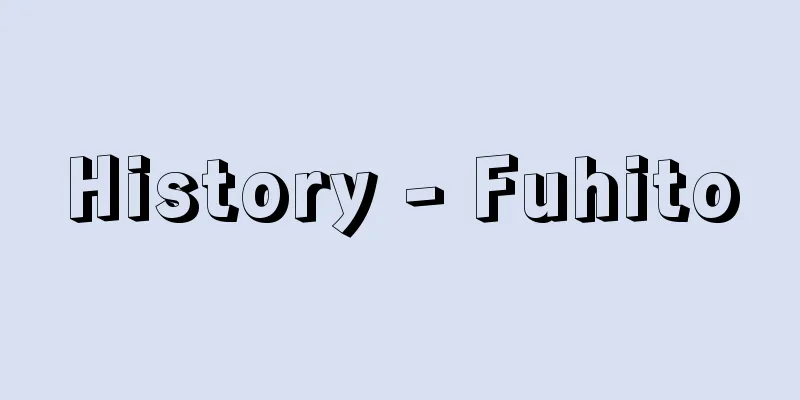Ueno Hikoma

|
Commercial photographer. Born in Nagasaki. Along with Ukai Gyokusen (1807-1887) and Shimooka Renjo, he was one of the earliest pioneers of photography in Japan, opening a commercial photography studio and taking photographs professionally. His father, Toshinojo (1790-1851), was a clockmaker for the Nagasaki Magistrate's Office, and also worked on developing explosives materials and chintz. He is also known for being one of the first to import a full set of equipment for the original daguerreotype (a photography technique invented by the French Louis-Jacques-Mandé Daguerre and announced at the Institut de France in 1839. An image is formed on a silver plate using amalgam. Only one photograph can be taken at a time, and the resulting photograph is an inverted image) from the Netherlands in 1848 (Kaei 1). When Toshinojo died in 1850, he inherited the family business at the age of 12. In 1852, he entered the private school Kangien of Hirose Tanso in Hita, Oita, where he studied Chinese classics. In 1856 (Ansei 3), he returned to Nagasaki, where he was taught Dutch by the interpreter Namura Hachiemon. In 1858, he studied chemistry at the Seimishikenjo school of Pompe, a Dutch military doctor who worked as a medical officer at the Nagasaki Naval Training School, and began researching photography with Horie Kuwajiro (1830-1865), a samurai of the Tsu domain. In 1861 (Bunkyu 1), with funding from Todo Takayuki (1813-1895), the lord of the Tsu domain, he ordered the latest photographic equipment and chemicals for photosensitive materials from France, and successfully took a portrait of the lord at his residence in Edo. The following year, in 1862, with the cooperation of Horie, he wrote "Seimikyoku Hikkei," a chemistry textbook for the Tsu Domain school Yuzokan, in which he described the details of photography techniques in the section "Potogarahi (Photographic Technique)." In the same year, he opened a commercial photography studio, "Ueno Photography Studio," in his own home on the banks of the Nakajima River in Nagasaki, and began his photography business. Initially, he mainly took portraits of foreigners staying in Nagasaki, but he soon expanded his customer base to include Japanese people, and many patriots from the end of the Edo period, including Sakamoto Ryoma and Takasugi Shinsaku, visited Ueno and had their portraits taken as subjects. Ueno continued to be active as a photographer even after the Meiji period began. In 1874 (Meiji 7), he took the first astronomical photograph in Japan, observing the transit of Venus across the sun. In 1877, he was commissioned by Nagasaki prefectural governor Kitajima Hidetomo (1842-1877) to photograph battlefields during the Seinan War. These photographs, submitted to the Army General Staff, are known as the first surviving war photographs in the history of Japanese photography, along with documentary photographs of the same war taken by his pupil Tomishige Rihei (1837-1922) at the request of Tani Kanjo, a member of the anti-government (Saigo's army). They were exhibited at the First Domestic Industrial Exposition (Ueno Park, Tokyo) in the same year, and won first prize. In the 1890s, Ueno opened branches of its photography bureau in Vladivostok, Primorsky Krai, Russia, and in Shanghai and Hong Kong, China. His students included many photographers who would become active in the Meiji period, including Uchida Kuichi (1844-1875), Morita Raizo (1830-1889), and Tomiyoshi. [Kinichi Ohirakata] "Ueno Hikoma, the Founder of Photography" edited by Suzuki Hachiro et al. (1975, Sanno Junior College Publishing)" ▽ "Abridged translation of Ueno Hikoma, "A Must-Have for Photographers (Reprint Edition)," 4 volumes (1976, Sanno Junior College Publishing)" ▽ "Yawata Masao, "Critical Biography of Ueno Hikoma" (1993, Musashino Shobo)" ▽ "Japanese Photographers 1: Ueno Hikoma and Photographers of the Late Edo Period" (1997, Iwanami Shoten)" ▽ "When Photography Was Brought to Japan" (Catalogue, 1997, Tokyo Metropolitan Museum of Photography) [References] | | | | | | |Source: Shogakukan Encyclopedia Nipponica About Encyclopedia Nipponica Information | Legend |
|
営業写真師。長崎生まれ。鵜飼玉川(うかいぎょくせん)(1807―1887)、下岡蓮杖らと並び、もっとも早い時期に営業写真館を開いて職業的に写真を撮りだした、日本における写真術の開祖の一人。父俊之丞(としのじょう)(1790―1851)は長崎奉行所の御用時計師で、火薬材料や更紗(さらさ)の開発も手がけ、1848年(嘉永1)にオランダから発明当初の写真術ダゲレオタイプ(フランスのルイ・ジャック・マンデ・ダゲールによって発明され、1839年にフランス学士院で発表された写真術。銀板上にアマルガムで画像が形成される。1回の撮影で1枚の写真しか得ることができず、出来上がった写真は左右逆像)の機材一式をいち早く輸入したことでも知られている。1850年に俊之丞が没し、12歳で家督を相続。1852年、大分日田(ひた)の広瀬淡窓(ひろせたんそう)の私塾咸宜園(かんぎえん)に入門、漢学を学ぶ。1856年(安政3)長崎へ帰り、オランダ語を通詞名村八右衛門(なむらはちえもん)に伝授される。さらに1858年、長崎海軍伝習所の医官を務めていたオランダ人軍医ポンぺの塾舎密試験所(せいみしけんじょ)で舎密学(化学)を学び、津藩士堀江鍬次郎(くわじろう)(1830―1865)とともに写真術の研究を始める。1861年(文久1)津藩主藤堂高猷(たかゆき)(1813―1895)の出資でフランスから最新の写真機材と感材用の薬品を取り寄せ、江戸の津藩邸で藩主の肖像撮影に成功。翌1862年堀江の協力を得て津藩藩校有造館(ゆうぞうかん)の化学教科書『舎密局必携』を著し、同書中の「撮形術ポトガラヒー」の項で写真技法の詳細について述べる。同年、長崎中島河畔の自邸に営業写真館「上野撮影局」を開設、写真撮影業を始める。当初、長崎に滞在する外国人を顧客とした肖像写真の撮影をおもに手がけたが、やがて日本人にも客層を広げていき、坂本龍馬(さかもとりょうま)、高杉晋作(たかすぎしんさく)をはじめとする数多くの幕末の志士たちも上野のもとを訪れ、被写体として肖像撮影に臨んだ。 明治期に入ってからも上野は写真師としての活動を旺盛(おうせい)に繰り広げた。1874年(明治7)、金星の太陽面通過を観測した日本最初の天文写真を撮影。1877年には長崎県令北島秀朝(ひでとも)(1842―1877)の委嘱により西南戦争の戦跡を記録撮影。陸軍参謀本部に提出されたそれらの写真は、弟子の冨重利平(とみしげりへい)(1837―1922)が反政府(西郷軍)側の谷干城(かんじょう)の依頼で撮影した同戦争の記録写真とともに、現存する日本写真史上最初の戦争写真として知られており、同年第1回内国勧業博覧会(東京・上野公園)に出品され、一等賞を受賞した。1890年代には上野撮影局支店をロシア沿海州のウラジオストクや中国の上海(シャンハイ)、香港(ホンコン)にも開設している。その門人から内田九一(くいち)(1844―1875)、守田来蔵(1830―1889)、冨重をはじめ明治期に活躍する写真師が輩出した。 [大日方欣一] 『鈴木八郎他監修『写真の開祖上野彦馬』(1975・産業能率短期大学出版部)』▽『上野彦馬抄訳『舎密局必携(覆刻版)』全4冊(1976・産業能率短期大学出版部)』▽『八幡政男著『評伝上野彦馬』(1993・武蔵野書房)』▽『『日本の写真家1 上野彦馬と幕末の写真家たち』(1997・岩波書店)』▽『「寫眞渡来のころ」(カタログ。1997・東京都写真美術館)』 [参照項目] | | | | | | |出典 小学館 日本大百科全書(ニッポニカ)日本大百科全書(ニッポニカ)について 情報 | 凡例 |
>>: Uenohara [town] - Uenohara
Recommend
otterhound
...A medium-sized breed, 52-60cm tall and weighin...
Iksir - Iksir
…He stayed in his father's hometown of Kufa f...
Kusinara (English spelling)
…an ancient tribe in northern India. Around the 6...
Borgese, Giuseppe Antonio
Born: November 11, 1882, Polizzi Generosa, Sicily ...
Galvanized iron
〘Noun〙 (Origin unknown) ① Zinc. [Waigo Ruikai (lat...
Schlumbergera truncata (Zygocactus truncactus)
A succulent plant of the Cactaceae family. It is n...
Seasoning (Gagaku) - Anbai
…The "flute" includes the hichiriki, va...
Broad‐billed roller (Bupposo)
A bird of the Coracidae family (illustration) in t...
Aquatint
A type of etching copperplate invented in the 18th...
Teshima
It is an island between Shodo Island and Nao Isla...
Kurainata Spirit - Uka no Mitama
The spirit of food (rice). Uka, like ke and uke, m...
Han and Wei Luoyang City - Kangyakuyojo
However, the location of the ruins of the Western...
False Oogibasho - False Oogibasho
...Flower stalks grow from between the leaf sheat...
Record Manor Certificate Office - Record Manor Certificate Office
It is also simply called the Record Office. In 10...
Barley - Mugi
Wheat and barley are collectively called "mu...









